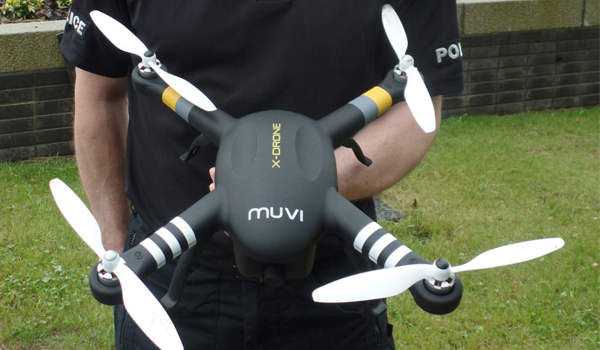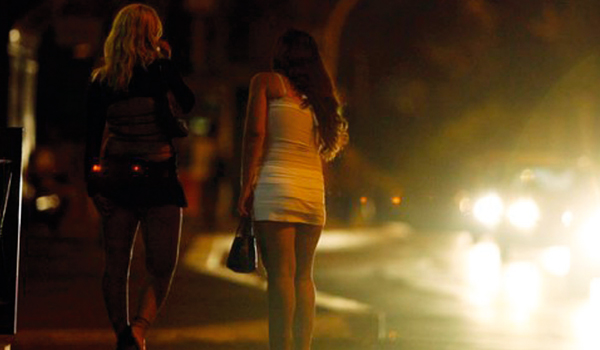Laser scanning helps create 3D virtual models for crash damage assessment
A laser scanner is helping Hertfordshire Constabulary collect essential data that can be used to calculate the speed of impact of vehicles involved in road traffic collisions.

A laser scanner is helping Hertfordshire Constabulary collect essential data that can be used to calculate the speed of impact of vehicles involved in road traffic collisions.
The scanner can build an accurate virtual 3D model of vehicles after their involvement in a crash. These computer-generated simulations can then be compared to models of the same type of vehicle, prior to damage, to help estimate the speed of impact and other factors that may have had an effect on the incident.
PC Matthew Hollingsworth, a forensic collision investigator at the Bedfordshire, Hertfordshire and Cambridgeshire Collision Investigation Unit, said that while conventional measurement methods still work, the laser scanner allows more accurate data to be collected much faster and more safely.
With the laser scanner there is no need to touch the vehicle, which may have sharp edges or be contaminated with vehicle fluids such as oil and battery acid, said PC Hollingsworth.
Not touching the vehicle also helps to preserve other evidence, so that forensically a vehicle can still be analysed.
This is significant as it allows the collision investigator to obtain essential data without having to wait for a forensic examination to be completed.
The RIEGL VZ-400 scanner supplied by 3D Laser Mapping collects millions of highly accurate measurements documenting an entire collision scene and its surroundings, including road layouts, markings and roadside furniture. From these individual point measurements the 3D computer model is generated, which can be used not only by collision investigators but also, potentially, as evidence in court.
A vehicle can be scanned either at the scene or later at a recovery garage. By scanning a similar, undamaged, vehicle and overlaying the two datasets, a very accurate measurement of impact damage is obtained. Using specialist software, such as Ai Damage, collision investigators can then calculate the speed of impact as well as other details of the impact configuration.
In one example, after a collision on Watford town centres busy ring road, a complete view of the scene was collected in just 20 minutes. The scanning was conducted without the need for a full road closure while preserving the safety of officers conducting the scanning.
PC Hollingsworth said the laser scanner allowed for a survey of the entire scene in just three scans, about 20 minutes including set up time.
This was a big time saving on conventional methods and was also considerably safer, he added. By using the laser scanner we were able to set-up scan locations on the footway. This meant we didnt have to close the road and traffic could still use the highway. It also meant that officers were not standing in the carriageway with traffic passing around them.
Conventional methods would have required closures for longer and also potentially re-visits to the scene to obtain further measurements of road layouts and markings. Using the laser scanner all the data we could potentially require for our investigations was captured at the initial scene visit.
The force purchased the 3D scanner with funding from the Department of Transport and the former National Policing Improvement Agency.
It is quite difficult to quantify the savings achieved through the use of the laser scanner, although in my opinion they are considerable, said PC Hollingsworth. On site time is greatly reduced and the amount of data captured, compared with conventional methods, is vast.



